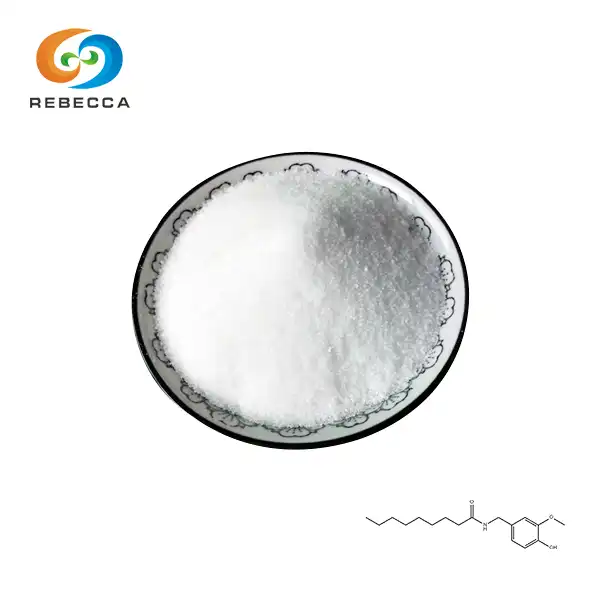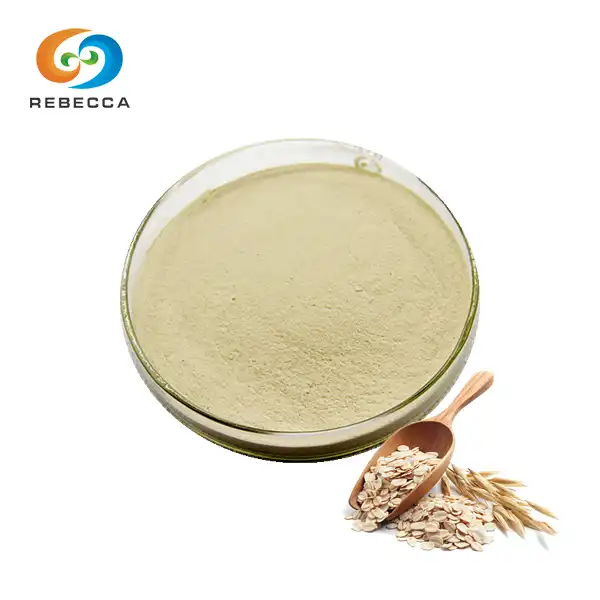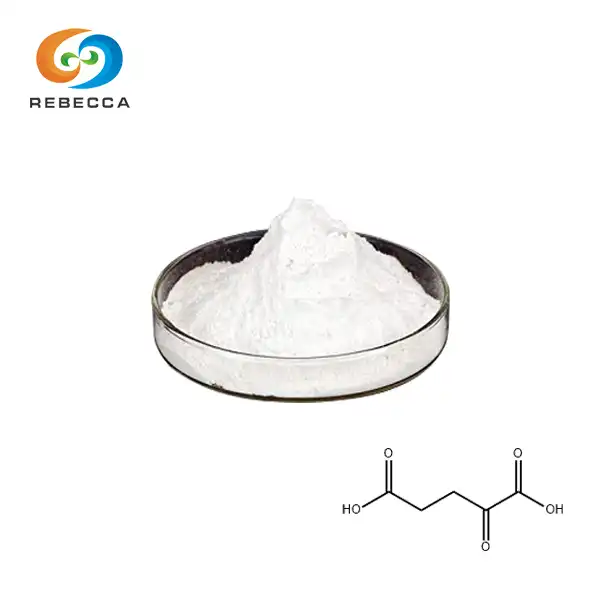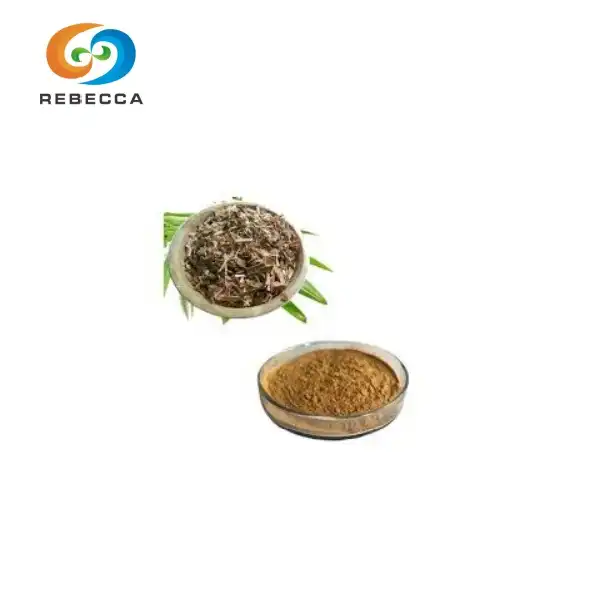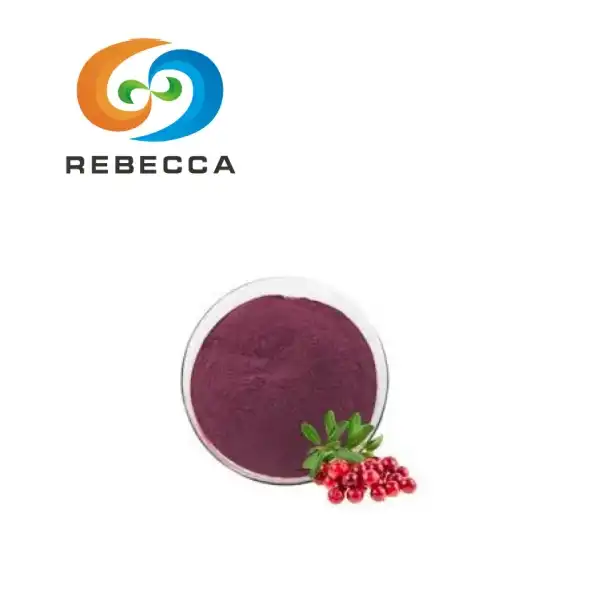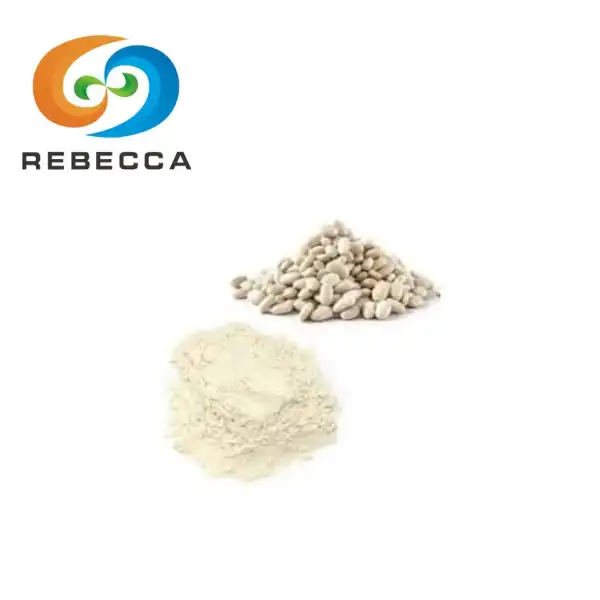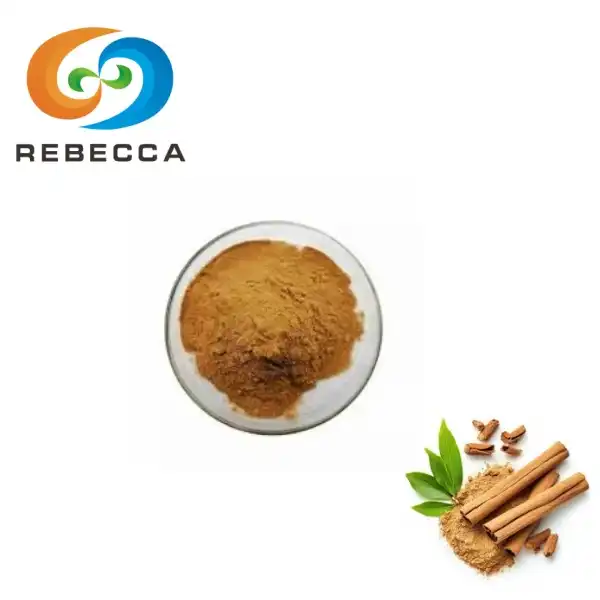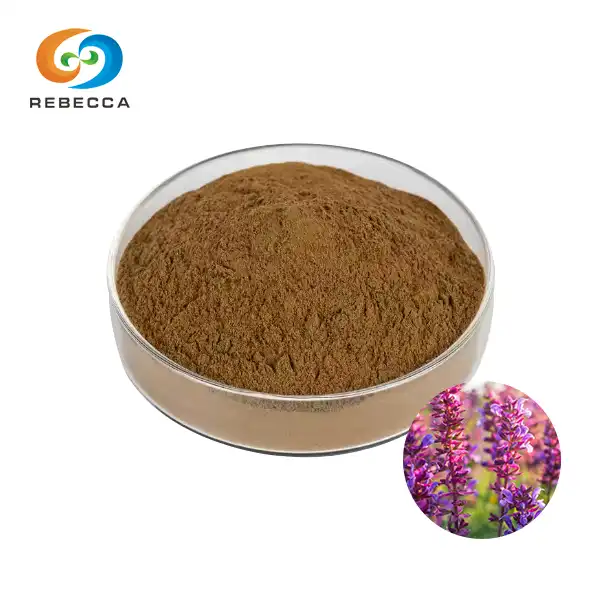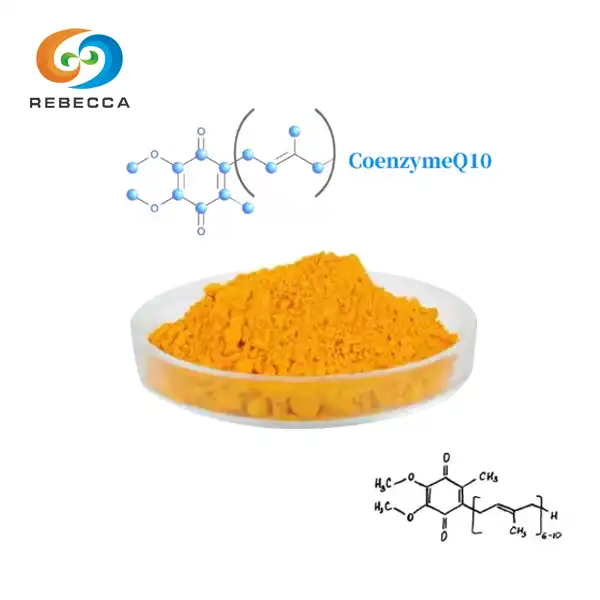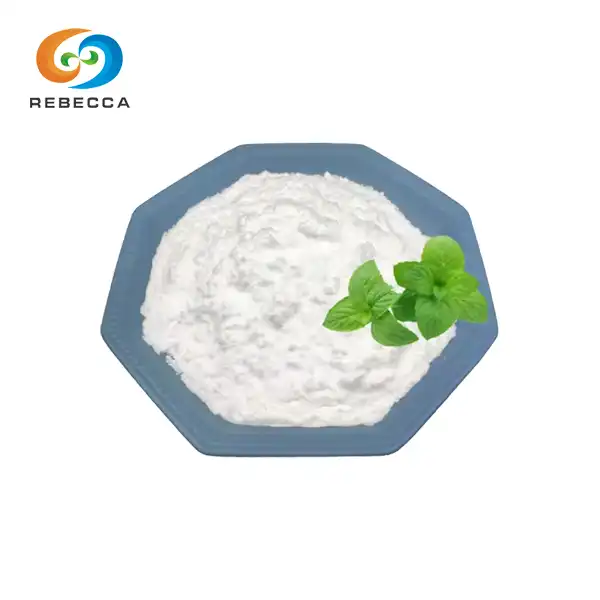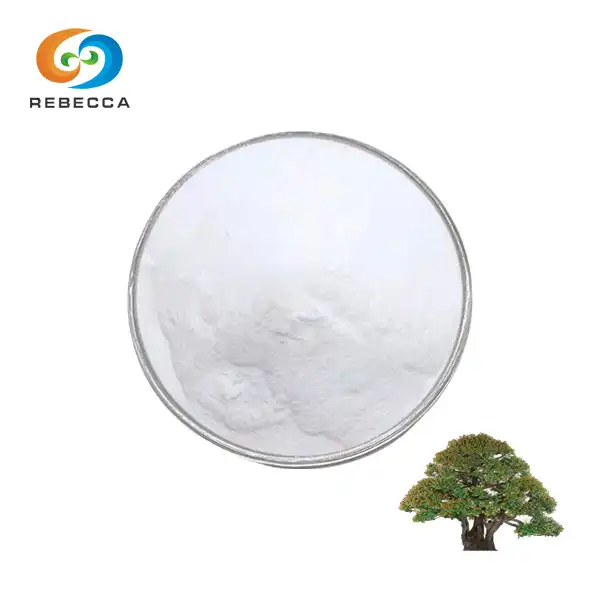Is Haematococcus Powder Truly Vegan-Friendly and Natural?
As more people embrace plant-based lifestyles, the demand for vegan-friendly supplements continues to grow. One such supplement that has gained attention is haematococcus powder, derived from the microalgae Haematococcus pluvialis. This vibrant red powder is renowned for its high astaxanthin content, a powerful antioxidant with numerous health benefits. However, questions often arise about its vegan status and natural origins. Let's delve into the world of Haematococcus powder and uncover the truth about its vegan-friendliness and natural properties.
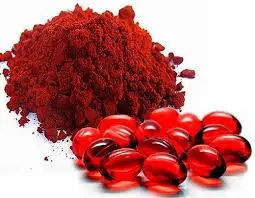
How Haematococcus Powder Fits a Vegan Lifestyle?
Haematococcus powder is indeed vegan-friendly, making it an excellent choice for those following a plant-based diet. This powder is derived entirely from microalgae, specifically Haematococcus pluvialis, which is a single-celled freshwater species. Unlike some other supplements that may contain animal-derived ingredients, Haematococcus powder is 100% plant-based.
The Vegan-Friendly Production Process
The production of Haematococcus powder involves cultivating the microalgae in controlled environments. These algae are grown in specialized bioreactors or open ponds, where they are exposed to specific conditions that trigger the production of astaxanthin. Once the algae reach their peak astaxanthin content, they are harvested and processed into a fine powder.
This cultivation process is entirely free from animal products or by-products, ensuring that the final Haematococcus powder remains vegan-friendly throughout its production journey. The powder's main ingredients include astaxanthin, protein, ash, and cellulose, all of which are derived from the algae itself.
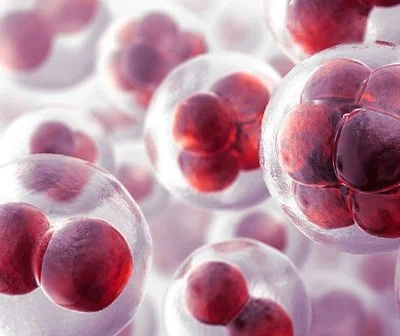
Vegan Benefits of Haematococcus Powder
For vegans seeking natural sources of antioxidants, Haematococcus powder offers a potent solution. The astaxanthin found in this powder is known for its exceptional antioxidant properties, which can be challenging to obtain from other plant-based sources. Some potential benefits for vegans include:
- Improved skin health and protection against UV damage
- Enhanced exercise performance and recovery
- Support for eye health
- Potential anti-inflammatory effects
These benefits make Haematococcus powder an attractive supplement for vegans looking to boost their antioxidant intake without compromising their dietary choices.
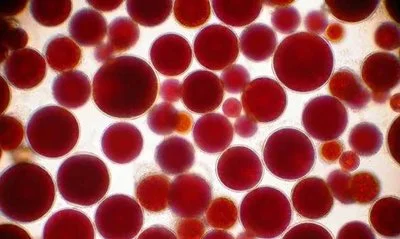
Natural Sources of Astaxanthin in Haematococcus
Haematococcus pluvialis is nature's richest source of astaxanthin, producing this powerful antioxidant as a protective mechanism against environmental stressors. Understanding the natural origins of astaxanthin in Haematococcus can help appreciate the authenticity of this supplement.
The Algae's Natural Defense Mechanism
In its natural habitat, Haematococcus pluvialis produces astaxanthin as a survival strategy. When exposed to harsh conditions such as intense sunlight, nutrient deprivation, or changes in salinity, the algae cells begin to accumulate astaxanthin. This pigment acts as a protective shield, helping the algae withstand these challenging environments.
The astaxanthin content in Haematococcus powder can reach impressive levels, typically ≥5% of the dry weight. This high concentration is what makes Haematococcus powder such a valuable natural source of this antioxidant.
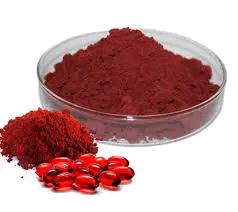
Comparing Natural vs. Synthetic Astaxanthin
While synthetic astaxanthin exists, the natural form found in Haematococcus powder is often preferred due to its superior bioavailability and efficacy. Natural astaxanthin from Haematococcus pluvialis has a unique molecular structure that includes beneficial fatty acids and other supportive compounds, which are absent in synthetic versions.
The natural astaxanthin in Haematococcus powder is also more stable and potent than its synthetic counterpart. However, it's important to note that natural astaxanthin is sensitive to light and air, which is why proper storage and handling of Haematococcus powder are crucial to maintain its potency.
The Natural Color and Aroma
One of the most distinctive features of Haematococcus powder is its deep red or purple color. This vibrant hue is a direct result of the high astaxanthin content, providing visual confirmation of the powder's potency. The natural origin of Haematococcus powder is further evidenced by its slight seaweed-like aroma, characteristic of its algal source.
Is Your Haematococcus Powder Sustainably Made?
As consumers become more environmentally conscious, the sustainability of supplement production is an increasingly important consideration. When it comes to Haematococcus powder, sustainable production practices are not only possible but are often the norm among reputable manufacturers.
Sustainable Cultivation Practices
The cultivation of Haematococcus pluvialis for powder production can be highly sustainable when done correctly. Many producers employ closed-system bioreactors, which offer several environmental advantages:
- Minimal water usage through recycling systems
- Reduced land requirements compared to traditional agriculture
- Lower risk of contamination, reducing the need for chemical treatments
- Controlled environments that optimize algae growth and astaxanthin production
These methods allow for year-round production with a smaller environmental footprint compared to many other crop-based supplements.
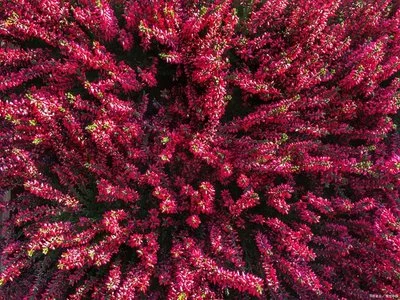
Quality Control and Purity
Sustainable production of Haematococcus powder also involves stringent quality control measures. Reputable manufacturers ensure their product meets high standards of purity and potency. For instance, high-quality Haematococcus powder typically has the following specifications:
- Purity levels of 2.5%, 3%, or 3.5%
- Moisture content ≤5%
- Heavy metal content ≤10ppm
- Microbial count ≤1,000 CFU/g
These strict quality controls not only ensure the safety and efficacy of the product but also minimize waste and resource use in the production process.
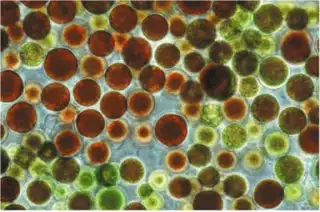
Ethical Sourcing and Production
Ethical considerations in Haematococcus powder production extend beyond environmental sustainability. Reputable manufacturers often prioritize fair labor practices, community engagement, and transparency in their supply chains. When choosing a Haematococcus powder supplement, look for brands that provide information about their sourcing and production methods, as this can be an indicator of their commitment to ethical and sustainable practices.
The Future of Sustainable Haematococcus Production
As technology advances, the sustainability of Haematococcus powder production is likely to improve even further. Innovations in bioreactor design, energy-efficient processing methods, and waste reduction strategies are continually being developed. These advancements promise to make Haematococcus powder an even more environmentally friendly supplement option in the future.
Conclusion
Haematococcus powder stands out as a truly vegan-friendly and natural supplement, offering a potent source of astaxanthin derived entirely from plant-based sources. Its production aligns well with vegan principles, making it an excellent choice for those seeking plant-based antioxidant support. The natural origins of astaxanthin in Haematococcus pluvialis underscore the authenticity of this supplement, while sustainable production practices further enhance its appeal to environmentally conscious consumers.
As with any supplement, it's crucial to choose high-quality Haematococcus powder from reputable sources. Look for products that provide transparency about their sourcing, production methods, and quality control measures. By doing so, you can ensure that you're getting a vegan-friendly, natural, and sustainably produced supplement that aligns with your values and health goals.
For more information about our high-quality Haematococcus powder and other natural herbal extracts, please contact us at information@sxrebecca.com. Our team is dedicated to providing exceptional products that meet the highest standards of quality, purity, and sustainability.
References
1. Johnson, E. J., & Schaefer, E. J. (2018). Potential role of dietary n-3 fatty acids in the prevention of dementia and macular degeneration. The American Journal of Clinical Nutrition, 87(5), 1452S-1456S.
2. Guerin, M., Huntley, M. E., & Olaizola, M. (2003). Haematococcus astaxanthin: applications for human health and nutrition. Trends in Biotechnology, 21(5), 210-216.
3. Ambati, R. R., Phang, S. M., Ravi, S., & Aswathanarayana, R. G. (2014). Astaxanthin: sources, extraction, stability, biological activities and its commercial applications—a review. Marine drugs, 12(1), 128-152.
4. Shah, M. M., Liang, Y., Cheng, J. J., & Daroch, M. (2016). Astaxanthin-producing green microalga Haematococcus pluvialis: from single cell to high value commercial products. Frontiers in plant science, 7, 531.
5. Capelli, B., & Cysewski, G. (2013). The world's best kept health secret: natural astaxanthin. Cyanotech Corporation.
_1730691017423.webp)

